The Leica M is a stunning camera, exemplifying the craftsmanship and dedication to quality of its creators. Perhaps because of this, some owners take excessive care of their rangefinders, handling them with the proverbial kid gloves. So, is there a place for the Leica M in the wilderness?
Many Leicas do spend a sheltered life, if not actually in a display cabinet of sorts. I think a camera is meant to be used but to each their own. Scratches and scuff marks are fine by me. It’s not that I don’t take care of my M, but I won’t let the risk of a small dent get in the way of enjoying the camera. That makes my M10 a perfectly fine option to take into the wilderness. But it does come with some drawbacks.
Size and weight
The wilderness isn’t the most obvious place for a Leica M. It is not the natural habitat of the camera. Urban environments are where the camera feels at home. However, the M has a lot to offer when it comes to looking for the right camera setup to take hiking. The two most obvious ones are size and weight.
Even though the M itself is not a light camera, the lenses are incredibly light compared with those of other systems out there. Many mirrorless cameras are quite light these days, but the weight of many good lenses undoes that when looking at it as a combo. When out hiking all day in difficult terrain, every gram counts.
The other element is size. An M body isn’t that much smaller than a Sony A7 or Nikon Z7. The M is much smaller compared with traditional DSLR cameras, obviously. But it is the lenses that make the difference once again. You can easily fit an M with three lenses in a rather small bag. This makes quite a difference compared to larger mirrorless or DSLR options.
The small size also echoes through in the choice of a tripod. You can get away with a very light regular tripod, or even work with smaller options such as GorillaPods. So, from a size and weight perspective, I think there’s a strong case for using a Leica M in the wilderness.
Focus and framing
So far, so good on size and weight, but what about the shooting experience in the wild? This is where things become more challenging for the M. The lack of autofocus is not a problem at all. I am looking at the use of the M in the wilderness from a landscape photography perspective, not shooting fast-moving animals. For that, you clearly need a different tool. But for landscape, it is perfectly fine to shoot with manual focus.
But one of the bigger drawbacks when shooting landscapes with the M is the lack of a tilting screen. When you shoot handheld at a normal angle, the focus patch works great, as always. But when you want to shoot at other angles, from low down, for instance, things are less ideal.
Even on a tripod, not having a tilting screen means you need to manoeuvre yourself into all kinds of positions to be able to see the focus and your composition. The focus itself isn’t even the biggest problem when you shoot with smaller apertures, as most M lenses have clear indicators on them.
Framing the shot is a different story altogether. This is where the M is not as well-suited compared to other options. I read rumours that the next iteration of the M might have a tilting screen — perhaps emulating that on the new Leica Q3, which I would welcome. Already today, you can use a Visoflex, but that is also not great when shooting from really low.
A limited window
There is no shortage of wonderful glass available for the M-mount to capture the beautiful landscapes on our planet. Whether it is native Leica glass or options from the Zeiss or Voigtländer and others, there is a broad set of very high-quality lenses available.
These options all sit in a limited window, connected to the optimal focal spread of the rangefinder. The widest focal length I shoot with on a rangefinder is 21mm which is already pushing it just outside the boundaries of the viewfinder. But it is doable. Anything wider than that, and you need an external finder or use the screen, which brings us back to the challenges described above.
The upper limit is probably 90mm. Leica has options for 135mm, but I find 90mm challenging enough. This creates another problem, as I love using a telephoto perspective for certain landscapes. To be honest, though, the majority of my landscape work sits within the 21mm-90mm range, so I don’t feel too limited by this restriction.
A downpour
What about the lack of protection from rain and dust? I think this is somewhat of a challenge, especially if you are a hardcore landscape photographer who shoots under all conditions. For me, it is something to think about, and I will let the weather influence what gear I bring.
With my Pentax kit, I know I can leave it out in a downpour and not have to worry about a thing. This ease of mind is not there when I take the M. My M10 has seen some modest rain, but I am hesitant to go any further. That does create limitations, and it also determines when I am ok to take the M into the great outdoors.
Deliberation about my Leica M in the wilderness
Whenever I am thinking about what gear to take on a trip, I will reflect on how much hiking and outdoor activities I have in mind. This will guide me in deciding whether I take my M10 or not. If the main focus of the trip is the outdoors, I will probably take my Pentax.
But if it is a mixed trip with an occasional hike, the M is a great option for landscape photography, especially since it is easy to take with you.
Click on photos to view full size
Read more from Erwin Hartenberg
Join the Macfilos subscriber mailing list
Our thrice-a-week email service has been polished up and improved. Why not subscribe, using the button below to add yourself to the mailing list? You will never miss a Macfilos post again. Emails are sent on Mondays, Wednesdays, and Fridays at 8 pm GMT. Macfilos is a non-commercial site and your address will be used only for communications from the editorial team. We will never sell or allow third parties to use the list. Furthermore, you can unsubscribe at any time simply by clicking a button on any email.

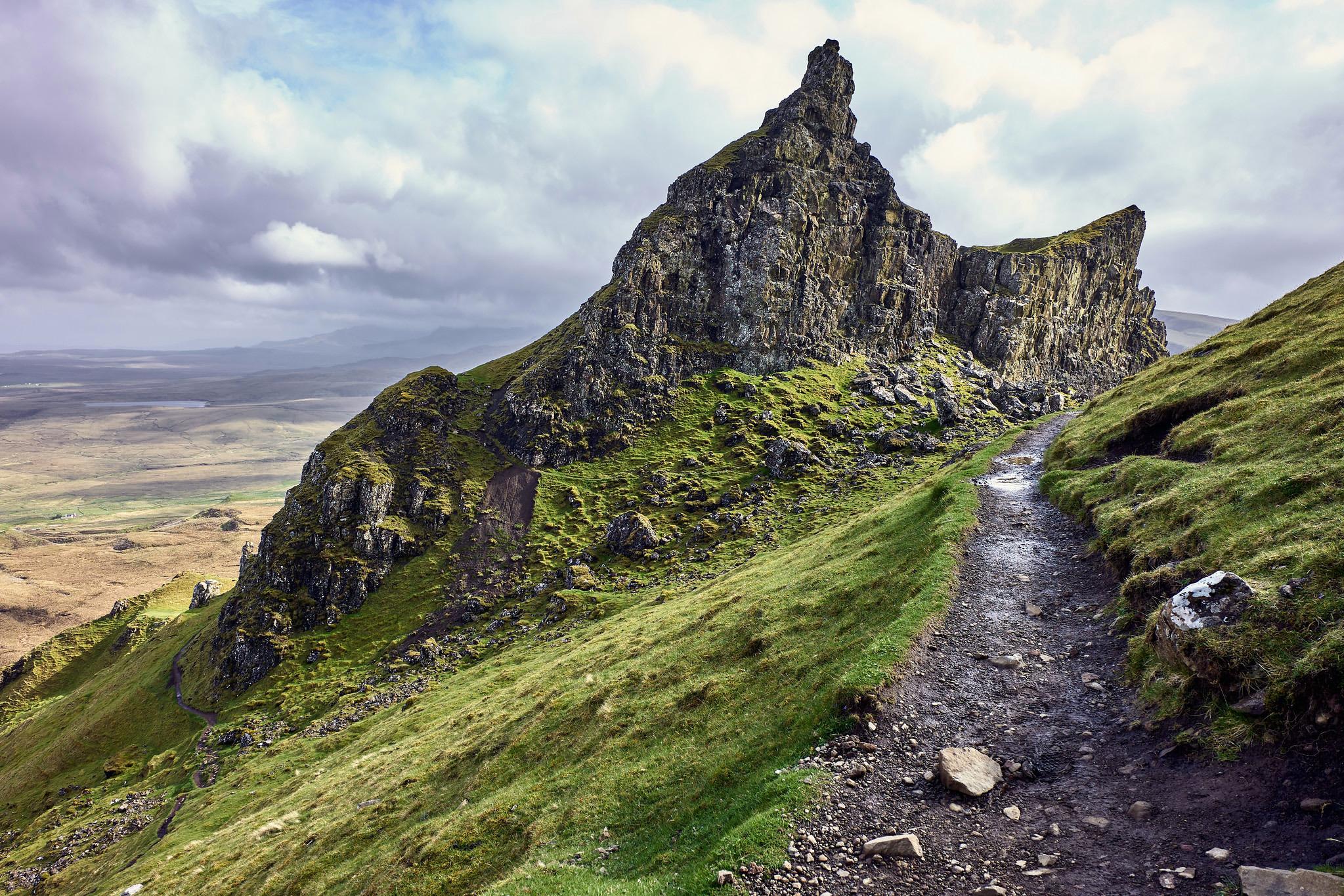
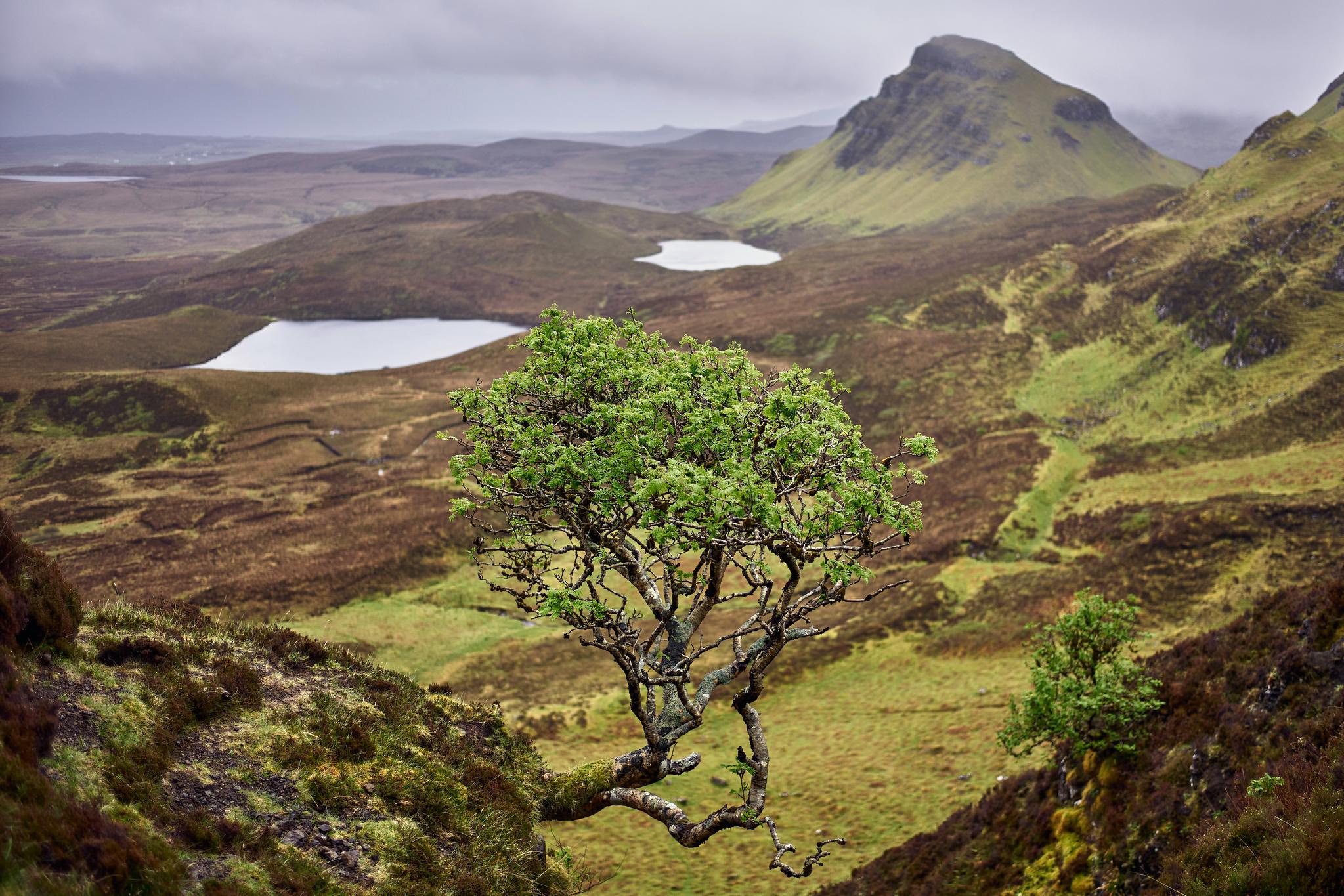
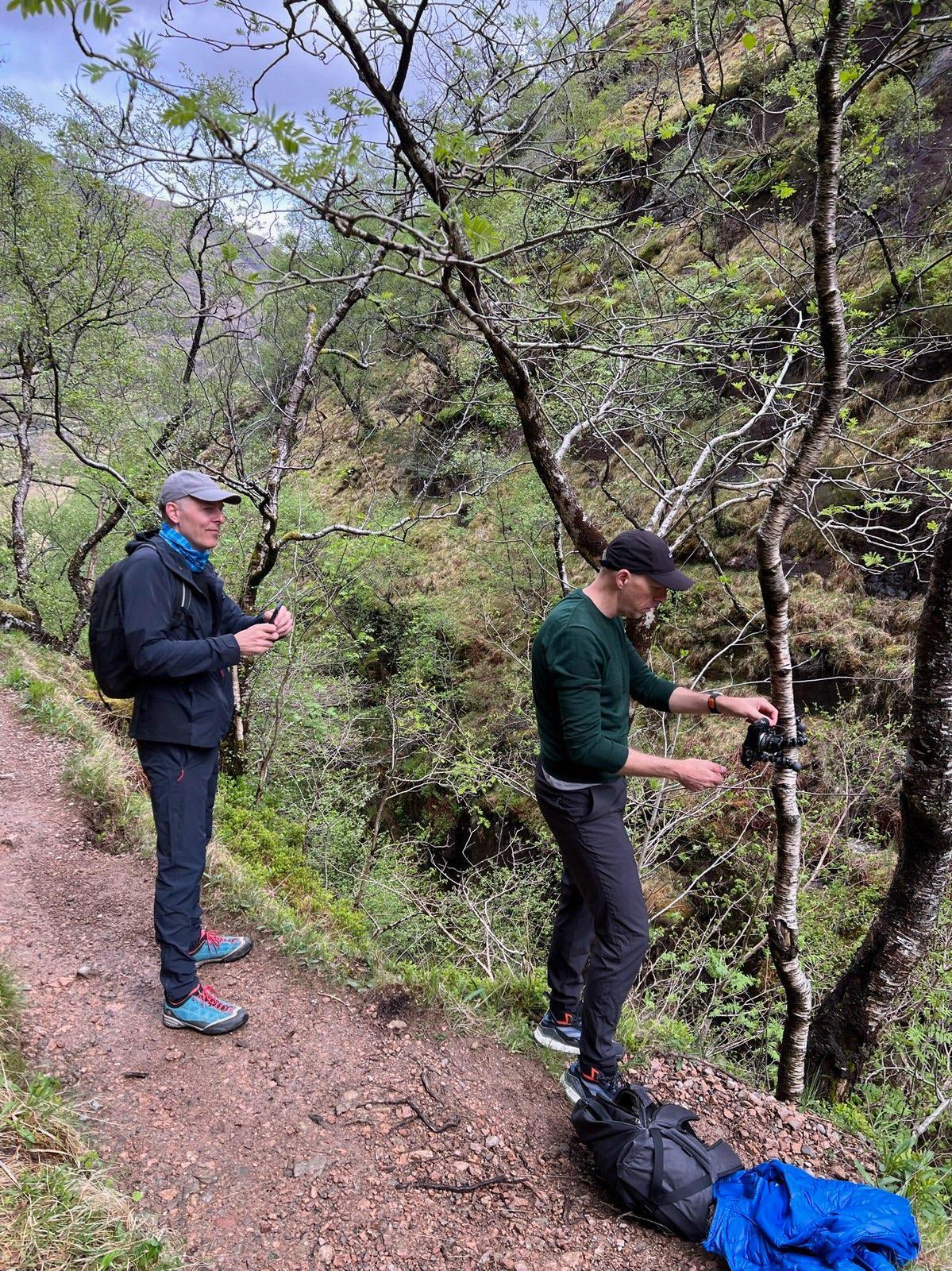
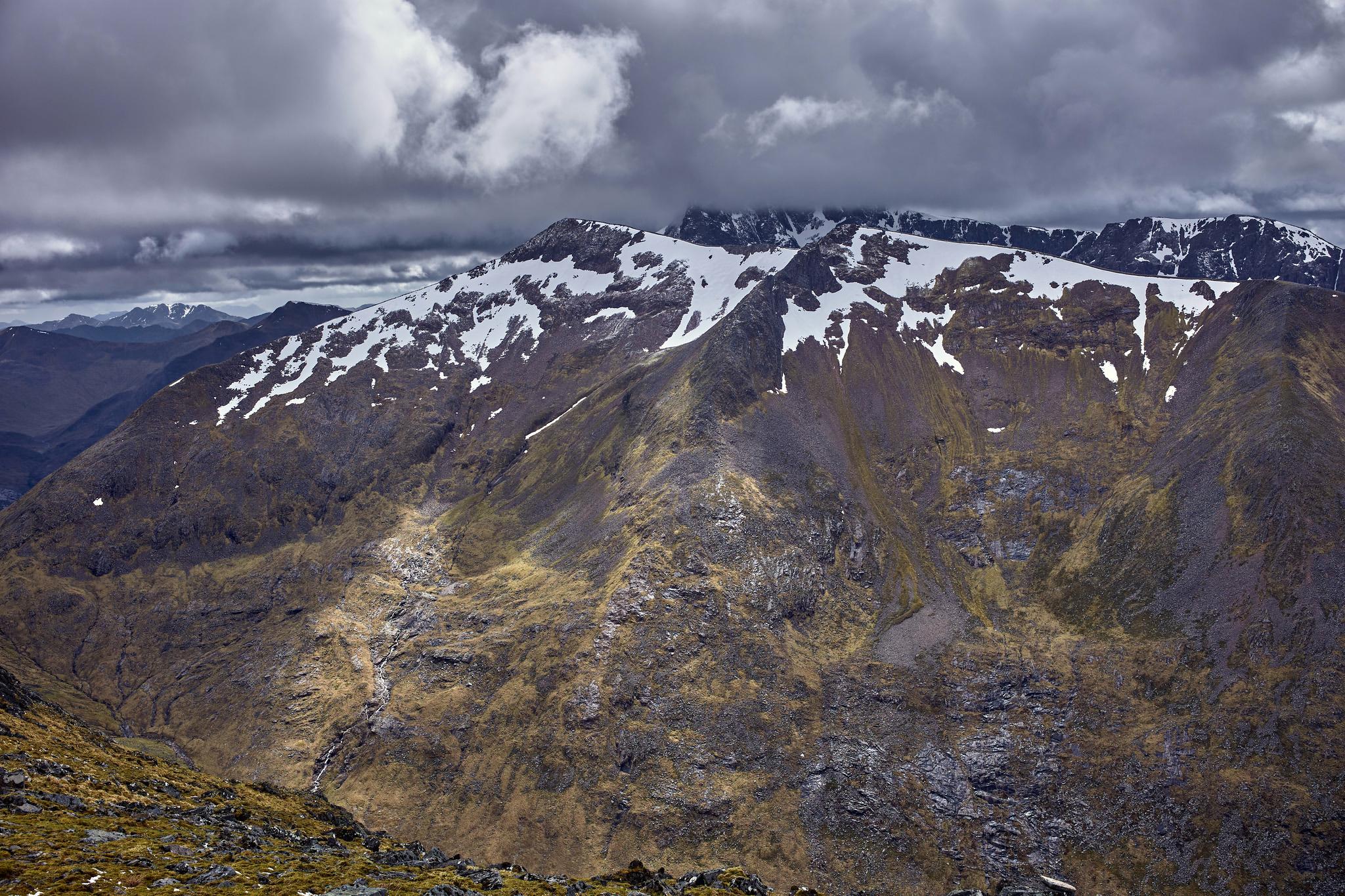
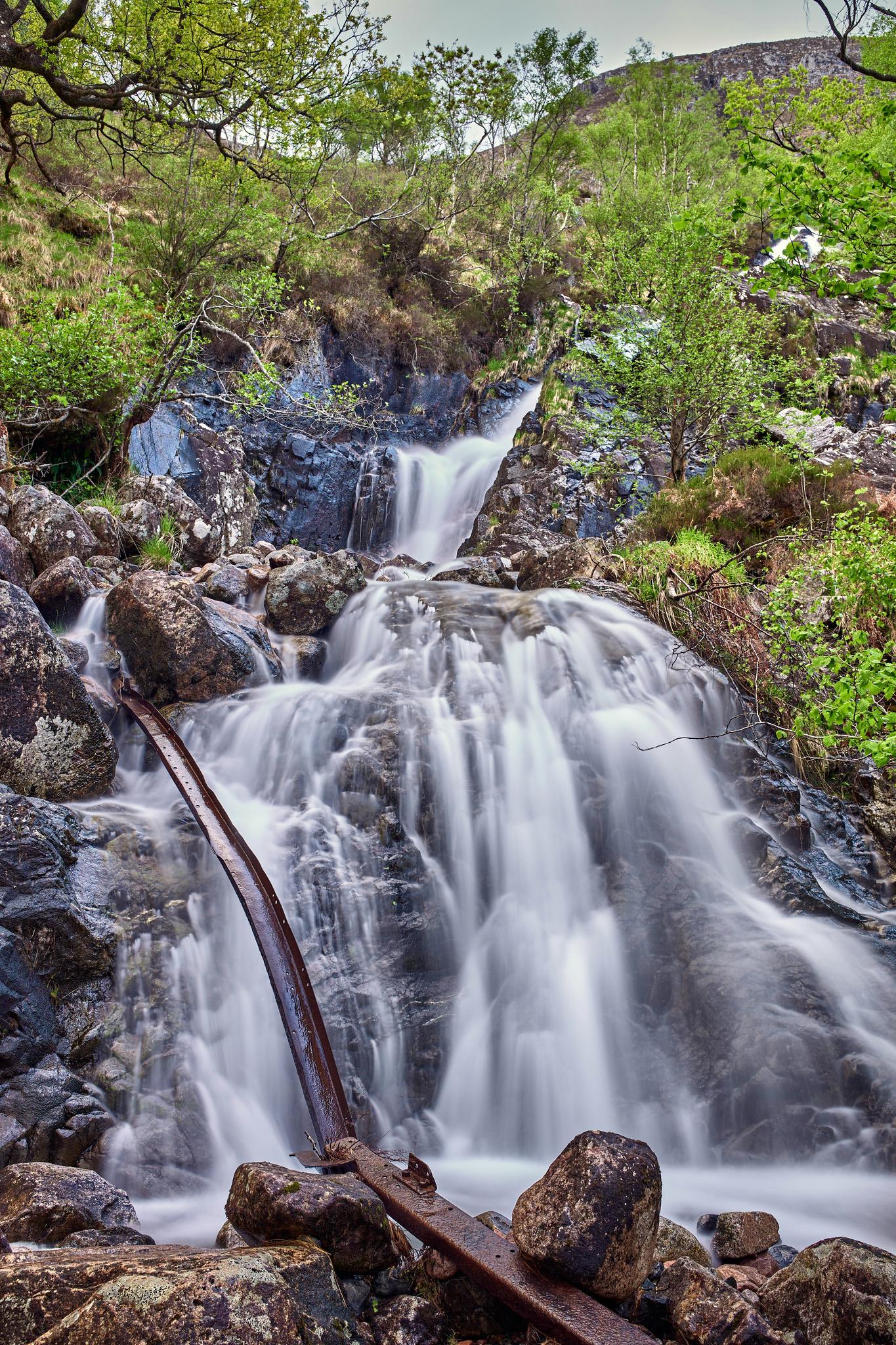
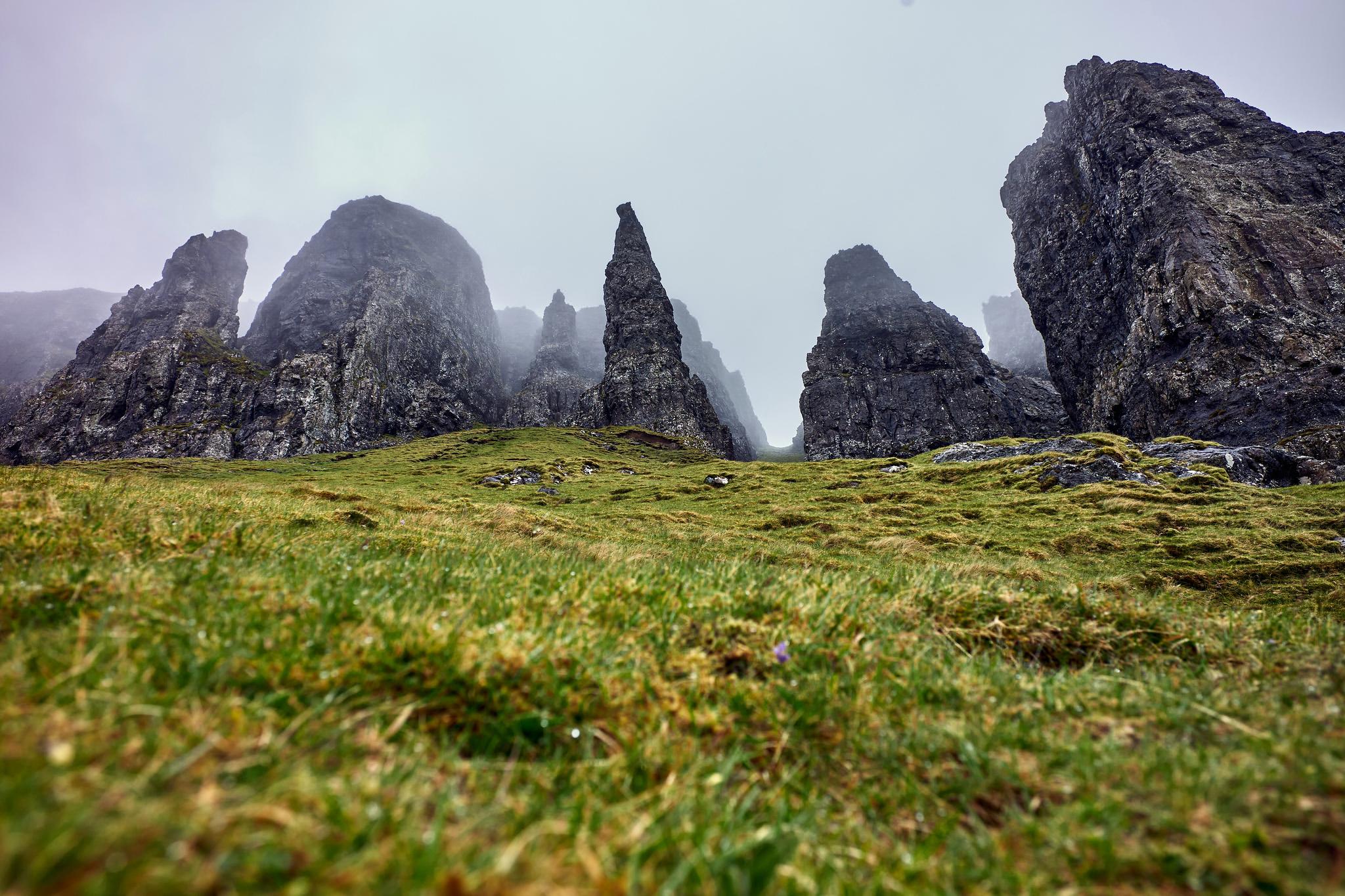
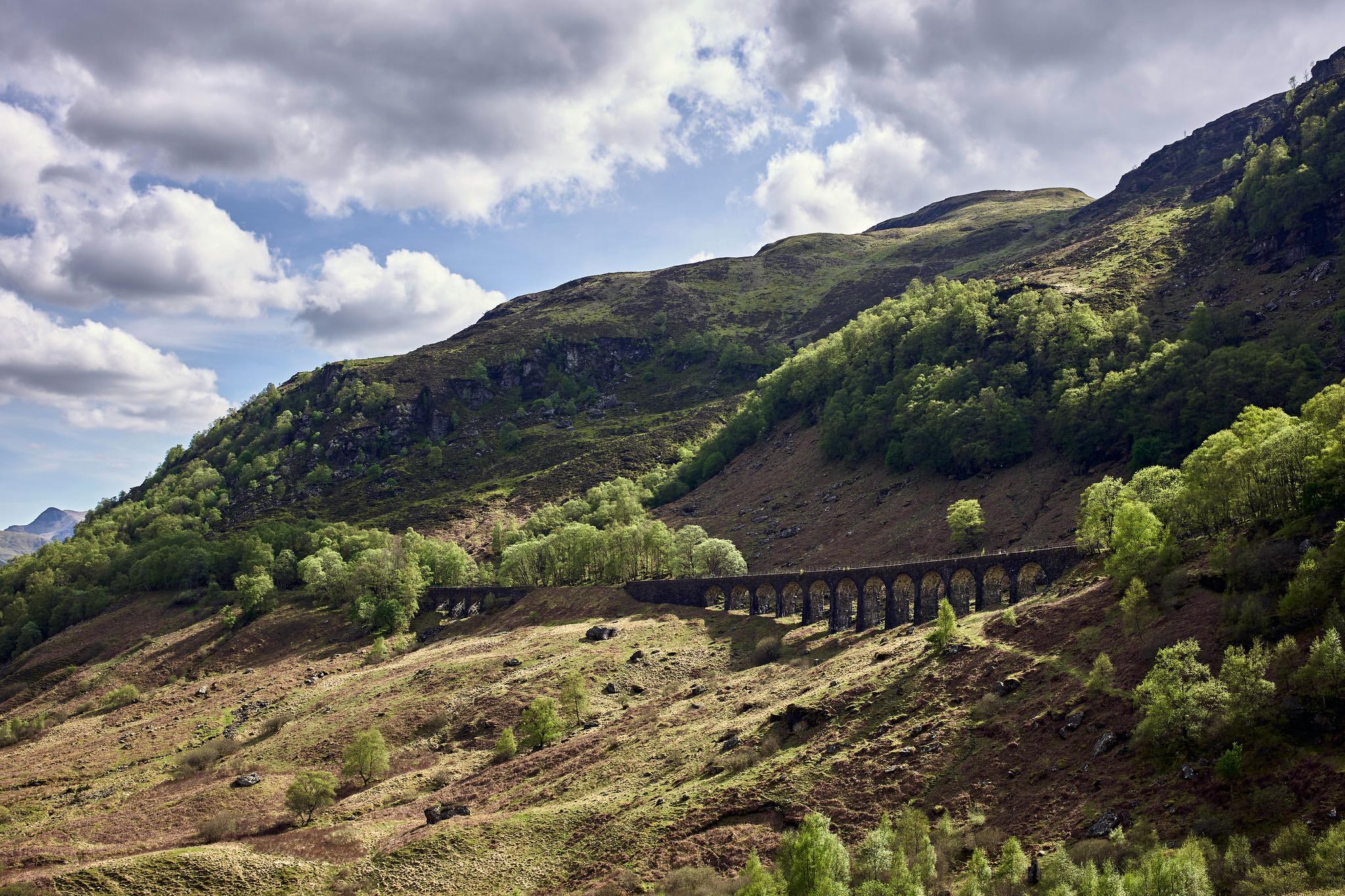








I can confirm what is written in the article. I also use a lot my Leica M for landscape photography and it never let me down. You can find in the link some examples. As I can’t be bothered to carry the Visoflex (which I never bought) I tend to use Live view when I want to carefully compose. Apart from that I could not find any major restrictions.
https://www.icloud.com/sharedalbum/#B15GdFryYJ05bRj
Love the color on the one with the boat Stefano! Very nice set overall. You probably know this already but you have quite some dust spots in your photos (sky) which are easy to replace?
Glad you like the pictures. This was an old link (2019) as it was the only thing I could quickly share. I removed the dust spots long ago.
These are beautiful evocative images, and for me have that instantly-identifiable gestalt of a Leica M with a 35/2 pr 35/1.4. I am too old at 80 to be able anymore to undertake such hiking, but your images bring back memories of my M4 or M6 with a 3rd-gen 35/2 Summicron on hikes and travels. I have basically not used anything else in the last 35 years (except a Sony A7r when the M8 was the only other Leica choice, and I wanted the 36MP images — but I used Leicas lenses even there).
When Thorsten Overgaard says “always wear a camera”, I wish I had coined that phrase, because that is exactly what I try to do. These days it is an M10 with a 50 or 35. And occasionally I do indeed go off into the woods with it.
I don’t know whether it is the contrast, the definition, the color-palate, but Leitz / Leica 35’s give one the feeling of being there.
Ed
Thanks Erwin for the article that brought me back down memory lane when I was working in Scotland and hiking every weekend (weather permitting). I’ve always taken my M8 for landscape photography with the elmar 24mm and the summicron 35mm asph. I appreciated the elmar as you had a lens between 28 and 35 with the 1,33 crop factor. It was a great combo. I appreciate my XVario for landscape with its tilting EVF. The slow zoom lens is not a problem as your aperture is set between f.8 and f.11. Seeing your images from Skye did you hike between Elgol and Sligachan (great pub when you have completed your walk) or around Kyllerhea a to watch the sea otters?thanks again for the article
Hi Erwin. I immediately clicked on the article as soon as I saw the header. Such write ups are rare as there are not many people shooting Ms for landscape, much less posting about it. I’ve been shooting street and landscapes with the Ms from film days to digital today. From the M4, M6 to the M9, M240 and M10. Currently, I use my M10 with the 21, 28, 50 and 90 (all Mandler’s design). These are my regular go-to gear and although I have others such as new digital Sony and GFX, I find my current M10 as my all time favourite and more than sufficient for my simple needs. It gives me a wonderful sense satisfaction when I am using them, rain or shine, akin to a meditative and reflective journey – when I am out and about whether in urban or in nature. It gives me peace, to say the least. My Ms are full of dings and scratches and are well and truly used in my journeys outside the house, wherever I go. I love the quality of the images especially due to the character of the lens, which are not as clinical as modern M lenses. It gives the images a film like quality, if I may say so. Your images are lovely – thank you very much, and I am ecstatic to have chanced upon your article. Take care and hope you produce more of such images in the future. Cheers. Izzy
Couldn’t agree more! One thing I also enjoy from an experience perspective is seeing the scene exactly as is through the rangefinder. You have to imagine the impact your choices of focus, aperture and shutter speed will have on the actual photograph.
Well Erwin, if this article had no words at all your photographs alone would easily provide answer enough to your title question. I have always thought that Leica lenses do a wonderful job at capturing the landscape especially whenever cloudy skies are present. They just seem to pick up something of the atmosphere of a place. Leica M system always has a strong association with urban and street photography for obvious reasons but for me, it has always excelled at travel and landscape work where you are not always in such a rush and are aiming to capture a different kind of decisive moment. Nice work with that M10 and thanks for sharing. I have gone back to carrying a heavier camera ( SL2s ) in a backpack and M lenses, but will be looking for a Leica digital replacement for my old M6 TTL soon. That means the latest digital M or a Q. Your images here make a strong case for an M.
Since you have the SL, I think the M would me a perfect complement and offer you more variety. The digital zoom on the Q is not bad, but it doesn’t come close to carrying a few primes….
I have always used my M cameras everywhere. I love them for hiking as the lenses are so compact and light. The image quality is magnificent.
I use a Gitzo tall monopod with a Really Right Stuff ball head which is useful as a walking stick, defensive weapon (Grizzly 🐻 might need M mounted for additional weight), much better than no tripod.
You images are amazing. Almost makes me want to suffer the flight from Canada to see my ancestors.
Ha ha! A Gitzo/M strike on the nose ( one of the bear’s few sensitive zones) would seem to be a good defensive move but only if you really have no other option..let’s hope it doesn’t come to that.
Will be in Hokkaido, Japan in August so I hope carrying my humble Manfrotto will provide some
peace of mind.
I am sure you would enjoy it! Scotland, I mean, not necessarily the jousting match with a Grizzly 😉
Dear Erwin,
this a wonderful contribution with excellent photos. I practice pretty much the same outdoor use with my Leica Ms as you. I was reluctant in the beginning but then I thought: Why should I not take the best camera I have to the best places? So. the Ms have seen extreme weather conditions and they never failed. The only thing I take care of is to keep them dry during transport. A few splashes of rain never were a problem. Sometimes, I use my old M (262) which still produces a stunning outcome, this is espcially the case when I have the fear that the camera could get stolen or damaged. If I have to work in extremely dirty or wet conditions however, I use my Olympus gear. The Pro line is incredibly robust. I think you could clean it in the dishwasher (don’t try this at home!!!).
Thanks again and compliments for your images. JP
Thank you for your articles here because they helped me settle on the Zeiss 21mm biogon which I really enjoy.
Thank you Erwin,
Those landscape photos are really beautiful. So much better than my efforts that I think I will give up now!
It would be nice if you could share the locations if some of the last thumbnails. I live in beautiful Scotland but only recognise one or two.
I envy you for having all that beauty in your backyard 😃. The aerial overview shot is from the ski area next to Ben Nevis. The last thumbnail with the path is from the ‘hidden valley’ hike in Glencoe.
instagram kronquistm of course they are intended for use everywhere
You can drive a Range Rover on a racetrack, that doesn’t mean it feels at home there…..
I agree and use a M10 for landscape work. Erwin mentions he would like a tilting screen for tripod (long exposure) shots, but of course the Visoflex provides a tilting eyepiece upto 90 degrees.
It does, and I have little experience using it. Perhaps I should borrow it and give it a more serious try. Thanks.
Thank you for this article! I’m a bit biased: I moved from a city to a mountain/forest/ocean environment, and I asked myself the same question: ditch the M? The article, for me, answers with a resounding no.
The article also does what I think the best of these should do: your photos set a challenge, give me much to learn from.
Thanks Kathy, glad you are enjoying the M in the wild!
Hullo Irwin…Yes you have some stunning photos-I’m jealous that Im not in the hills or mountains at the moment.
I started my photographic hobby with a box brownie and later an instamatic then a found-in-the heather 35mm Halina all rangefinders progressing through bakelite to softish metal. They served me well in the Alps and home during DoE expeditions. The scarcity of 127and 126film stopped continued use.
Moving on…I was also interested in your Pentax experience-My friends fell to bits from his hip bag and on the same trip my trusty-out-in-all-weathers-Nikkormat suffered a broken filter after descending the whole of Yr Wyffa’s south East face!
After a few more Nikons (SLR and DSLR) later I am now on the waiting list for a Compact …a Q3
I quite like my Pentax k-1, there is a post on my experience with it on my website. I also dropped it…. in my case, fortunately, alls was good besides some scratches.
Hi Erwin, what a fantastic set of photos! They are all superb, and it’s hard to pick a favorite, but I think the waterfall just edges it for me. I would be interested to know the shutter speed and aperture you used for that one. Thanks also for the impartial assessment of how well these cameras work in this setting – I think the damp Highlands of Scotland represent a good test of the compatibility of a camera with the great outdoors. Cheers, Keith
Hi Keith, thank you! The shutterspeed for the waterfall was 10 seconds and i believe f5.6.